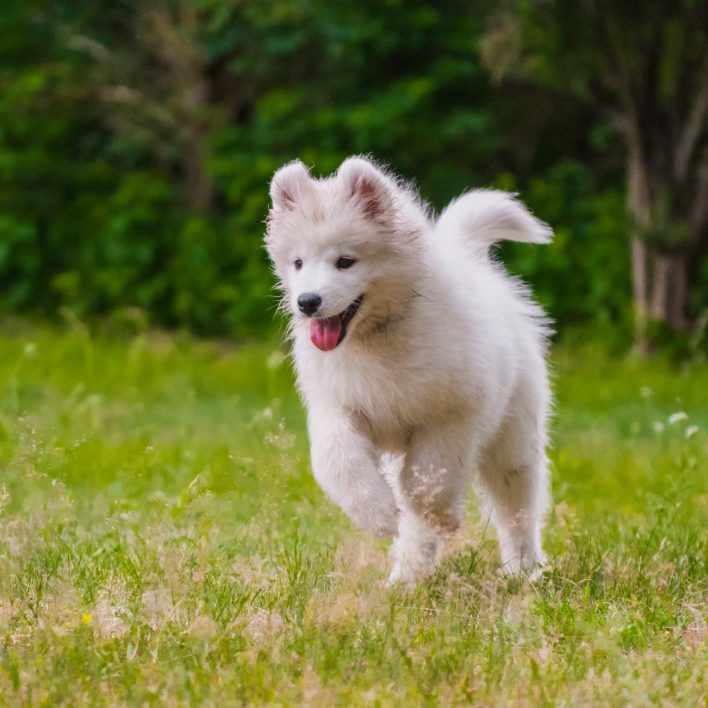Full article with thanks to https://www.nawt.org.uk/advice/come-back-advice-training-recall
In a recent survey NAWT ran with Dogs Today magazine, 68% of people told us they let their dogs off lead on most walks, and being able to walk your dog offlead was one of the biggest considerations is where dog owners decided to walk their dogs.
Off lead exercise not only gives your dog physical exercise but also the opportunity to explore and enjoy the stimulation of different scents and environments. Letting a dog off lead requires a reliable recall because not only is the dog likely to be at a distance from you, but also he or she is likely to be distracted by interesting smells, cats, dogs, people or fast moving wildlife. However, investing time and effort in training a solid recall is worth it, not only for your relationship with your dog, but also for your dog’s safety and well-being. The first stage of recall training does not even require a dog! You need to define your criteria for your recall;
1. What signal are you going to use – a word, a whistle?
2. What do you want your dog to do when he or she returns to you – hand touch, sit in front of you etc?
3. How are you going to tell the dog he or she is doing the right thing – a marker word like ‘good’, a clicker?
4. What is your dog’s favourite reward that you will always use while training the recall – a certain food, a certain toy?
5. What is an acceptable distance for your dog to be away from you before you want to call them back?
6. What signal will you use to release the dog once he or she has come back to you (assuming you aren’t clipping the lead on) – a word like ‘ok’, a handclap? Once you have established your criteria you can then start your training. Remember that this doesn’t happen overnight, you need to build up the distance and level of distraction – the aim is for the dog to get it right every time. If your dog stops responding you have probably moved on too quickly, so reduce the distance or the distraction until the dog is ready to move on. It may help to use a long line when you start training, particularly if you are retraining, so your dog doesn’t get the opportunity to practice running off.
1. Rewarding your Recall signal Start by just saying your word or blowing your whistle and giving the dog the high value reward you have identified in your criteria. The dog should be in front of you and there is no requirement for movement at this stage, the dog is just learning that the signal means good things come from you. Make sure you only use this signal when the dog is going to get this high value reward, otherwise you are devaluing the signal. Don’t use the word or whistle in any other context or the dog may learn to ignore it, which defeats the object of the exercise.
2. Create some distance Now do the same exercise by gradually building up the distance between you and your dog. You can either move backwards away from the dog, or if there are two of you, you can have a game where the dog runs between both of you as each one uses the signal and then rewards the dog. Make sure this is done in an environment where there aren’t any distractions, so a familiar place away from other dogs, people, cats and wildlife as you want the dog to get it right and you are just working on distance at this stage. You can use your marker word or clicker as the dog is running towards you.
3. Add distractions Once the dog is reliably coming to you from as far away as you have identified in your criteria, it is time to add in some distractions. For distraction training you need to reduce the distance you are from your dog to begin with and you must start with what the dog considers a low value distraction. All dogs are different in their favoured distractions so you need to know your dog. Some dogs find smells a low distraction others find them highly distracting and the same goes for other dogs and people. Gradually build up the level and type of distraction whilst keeping a close distance to you dog. Once he or she will reliably come back at a close distance from any distraction, then you can start to increase the distance. Never be afraid to go back a step if you have asked too much of your dog, and hopefully the long line will have prevented your dog from getting to the distraction. Continue to use your signal and high value rewards during this stage.
4. Training for Life Once your dog has learnt a reliable recall, continue to train it throughout its life. Always have a reward handy to surprise your dog when they give you an exceptional recall from a distraction, and sometimes even reward the easy recalls, as that will always make it worthwhile for your dog to come back to you.
As you have systematically trained the recall, if any part fails, you can always go back to that element of training at any time. You can train separately what you want your dog to do when he or she comes back to you (hand touch, sit in front etc) and also your release command to use once your dog has returned. If you are struggling to teach the recall please seek the advice or an experienced trainer.
Happy recalling!
Full article with thanks to https://www.nawt.org.uk/advice/come-back-advice-training-recall

